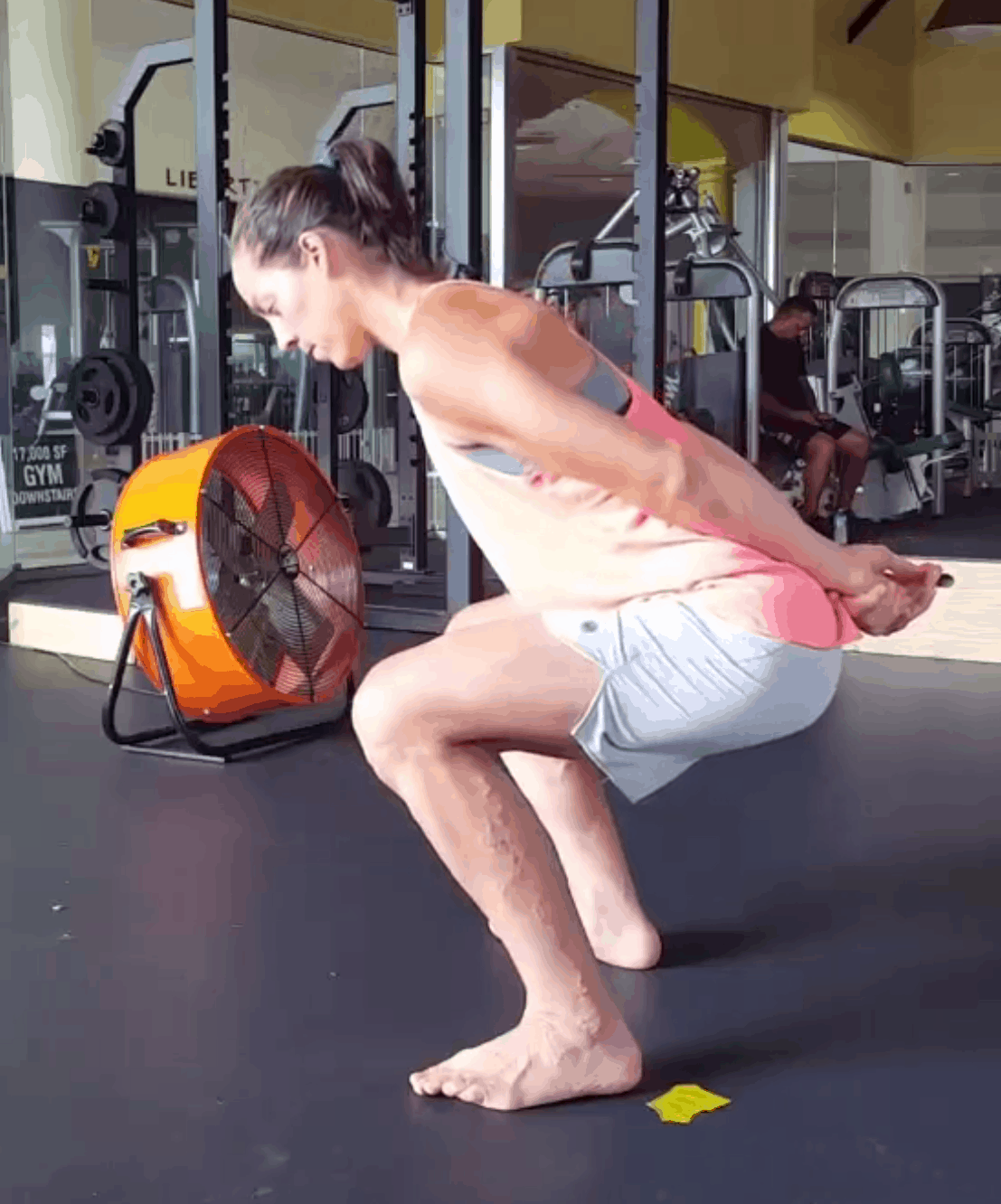
Tension and Extension
For a long time, I believed that extension was the working opposite of flexion. They felt as contrary as they looked. Folding forward was natural and effortless. Folding back was a resistance to that ease. The struggle was a lesson in exertion. Unaware that I was living in compression, I needed to create space in order to free up the mobility. Extension is a facet of lengthening, and lengthening is a form of relaxation.
I have trained myself to follow tension lines. How much and through what area and how it changes with a manipulation. A lack of unwanted tension signifies a lack of restraint. The following sequence attempts to track how adjusting the tasks of the hands and feet either assist or resist opening of the spine:
The locomotions reinforced the need for lengthening and then solidifying the spine.
Dips are an entirely different entity when you lengthen rather extend. They no longer make you swivel or pivot your head back. Get long as you press and then continue pressing. Keeping tall is an important component of pushing. My handstands are infinitely better when performed after an overhead press. My body understands how to elongate against gravity when there a weight in my hand. It is still figuring out how to apply that when inverted and/or driving the palms into the ground.
Using what I know (lifting) as a means to access what I don’t know (planche) gives way to stimulating tasks that incorporate dual functionality. In this case, attempting to control a lengthened spine when load is added to chest and shoulders:
Starting relaxed, tension shoots through the spine when having to counterbalance the ball.
Adding in a dynamic element, I attempted to catch a dropped ball while maintaining the same position (palms facing down, as if pressing):
Squatting, too, has been transformed by integrating a long, relaxed spine. Where once the pelvis had to adjust to tension in the mid back, the pelvis now sits as a ‘fixed’ continuation of the spine. The femurs became the adjustable pieces, finding newfound torque through their sockets.
The simplest way to set up the intended position is to place your hands behind your back (deemed ‘handcuff’) and keep them as dead as possible. Squeezing or strain of any kind generates tension in the torso, which the intent is to avoid. The line of the arms matches the line of the spine. Establishing balance or depth will be tricky at first as your legs try to organize all on their own.
The forward lean and need to spread the feet reveals deficiencies in the hips. The left, in particular, created a massive amount of external rotation to get the torso to drop. Note the knees and hips moving at the same time.
For those with posture improvements to make, such as myself, ‘lengthen’ is an easier cue to act upon and maintain than ‘extend’. The desired extension literally becomes ex-tension, as the head and ribs are allowed to float. Once load is added, the length is solidified into a long lever. With load removed, the spine relaxes and the limbs are liberated to arrange according to rotational needs. The roundings of the spine are biomechanically perfect as is. They do not need our help undulating things.



